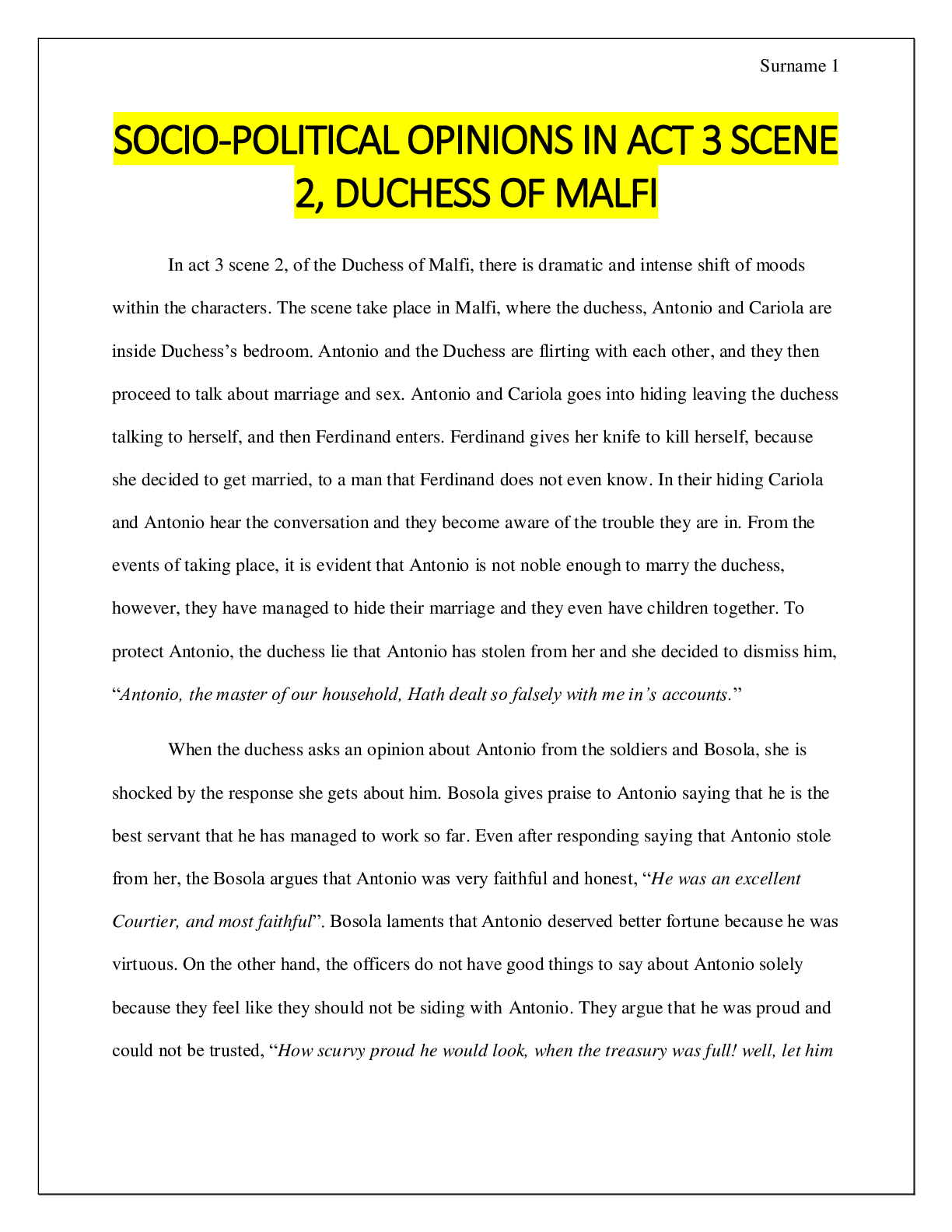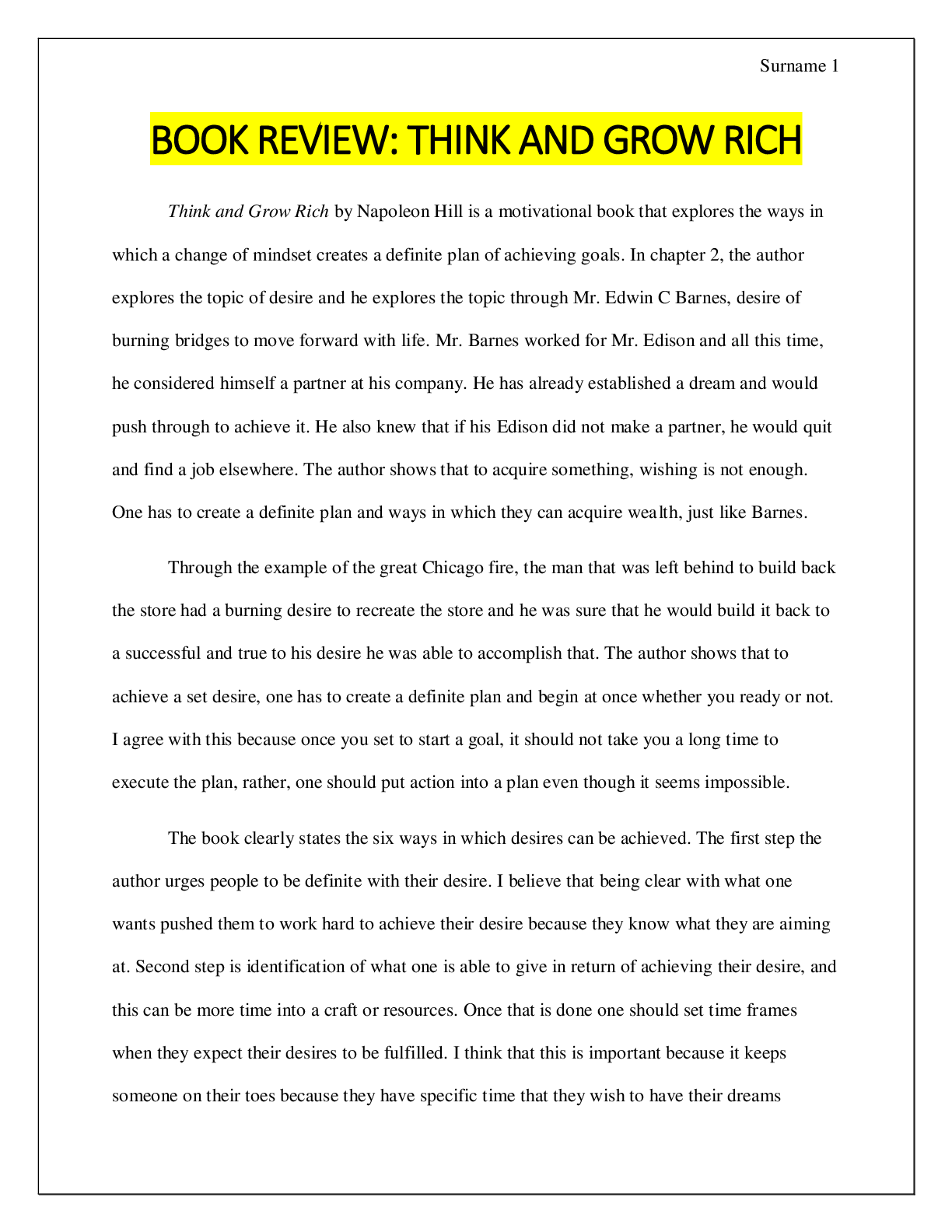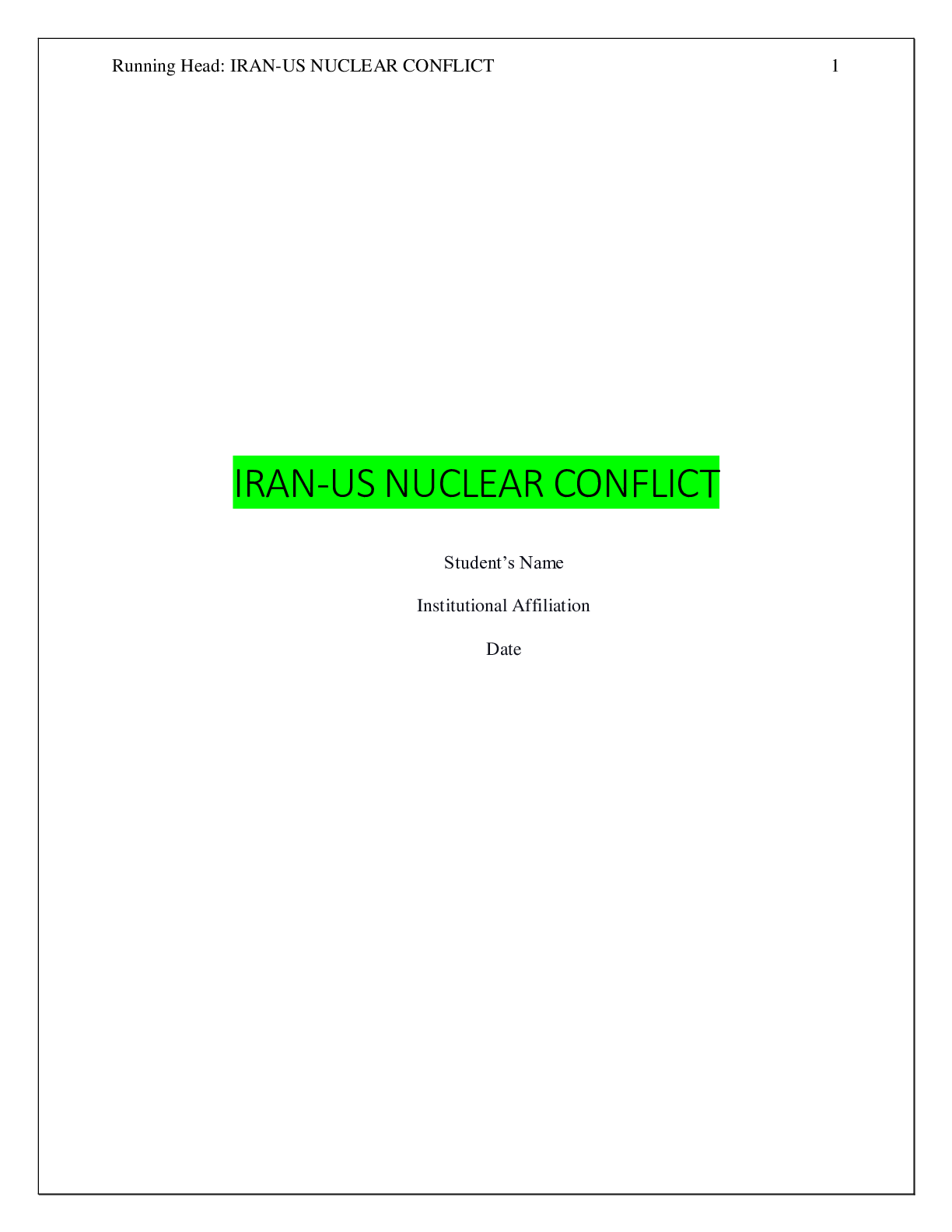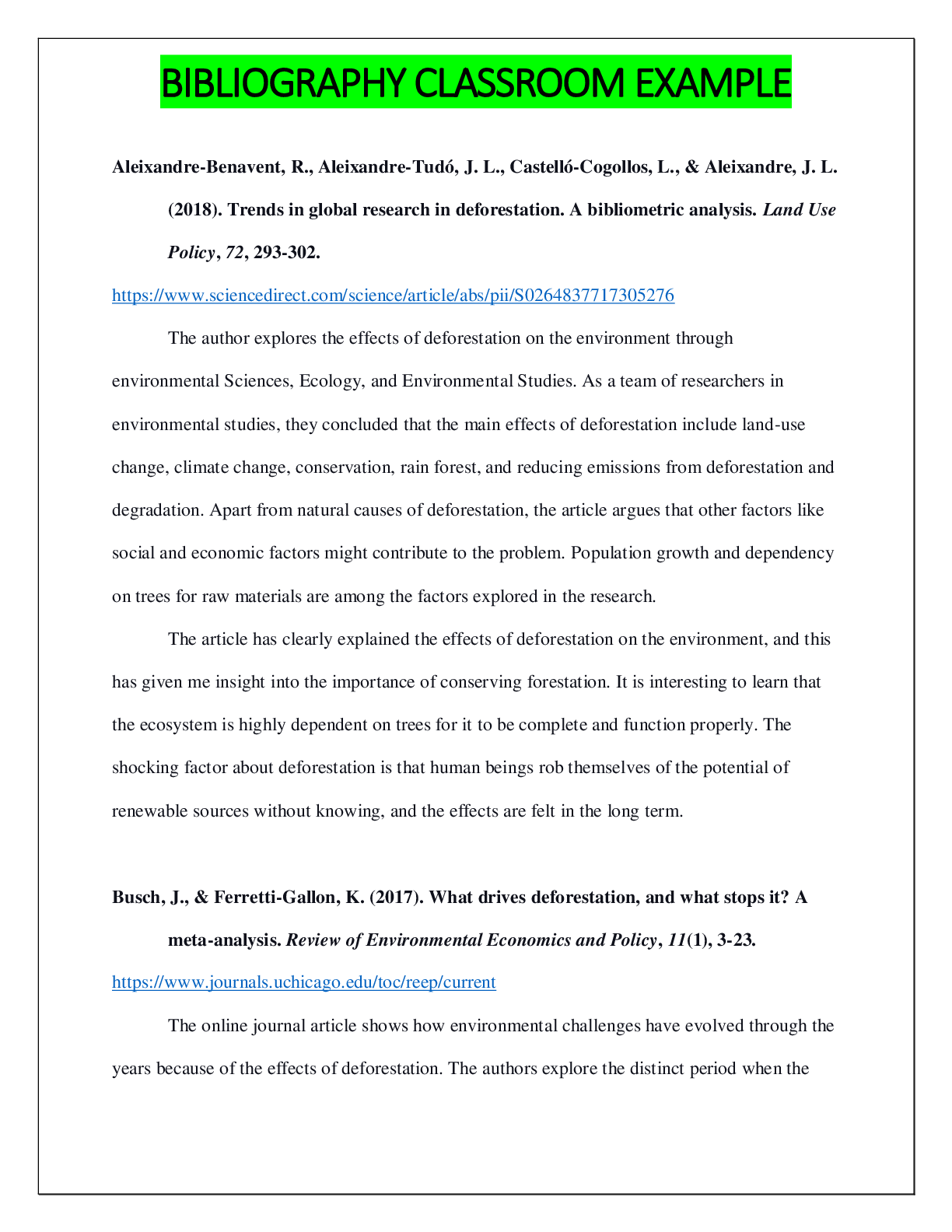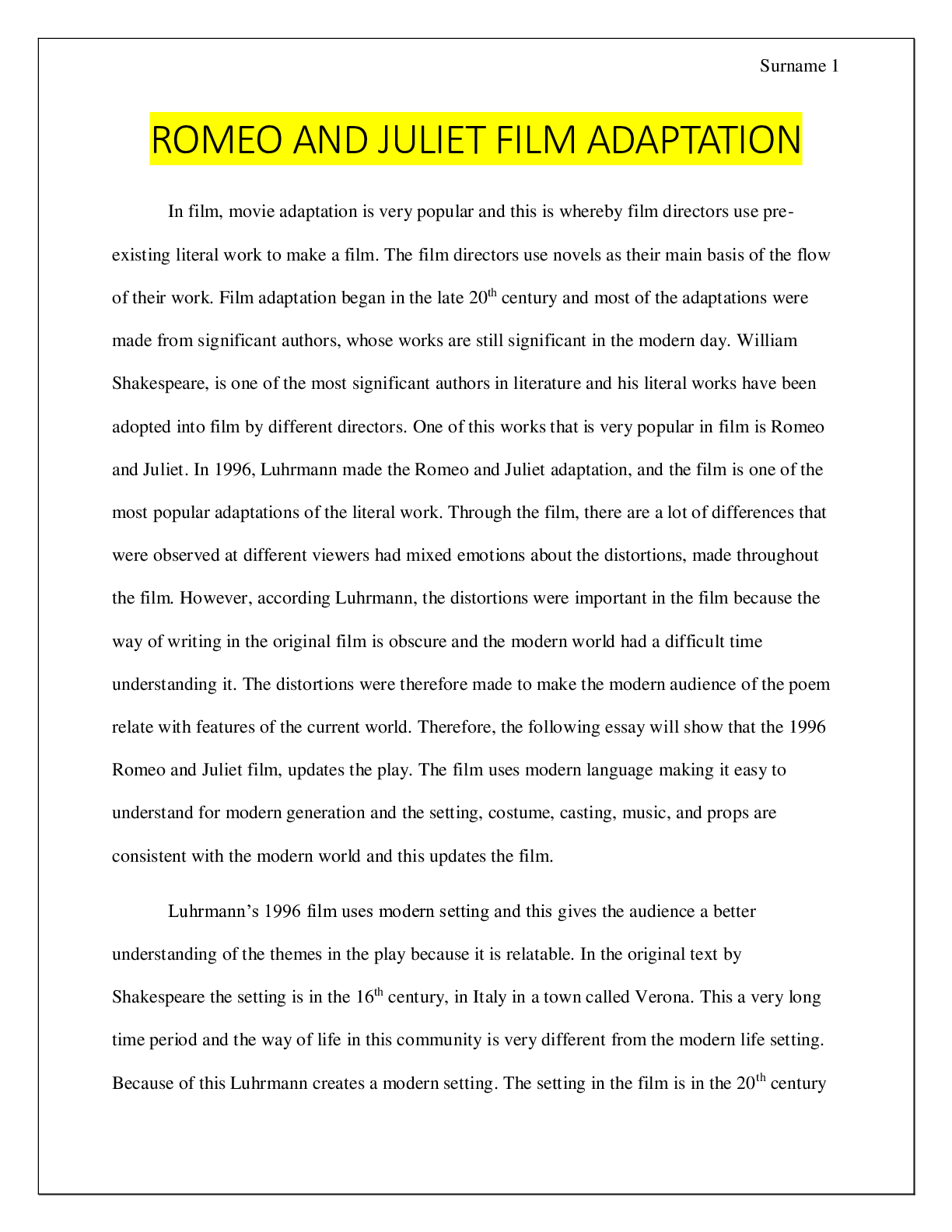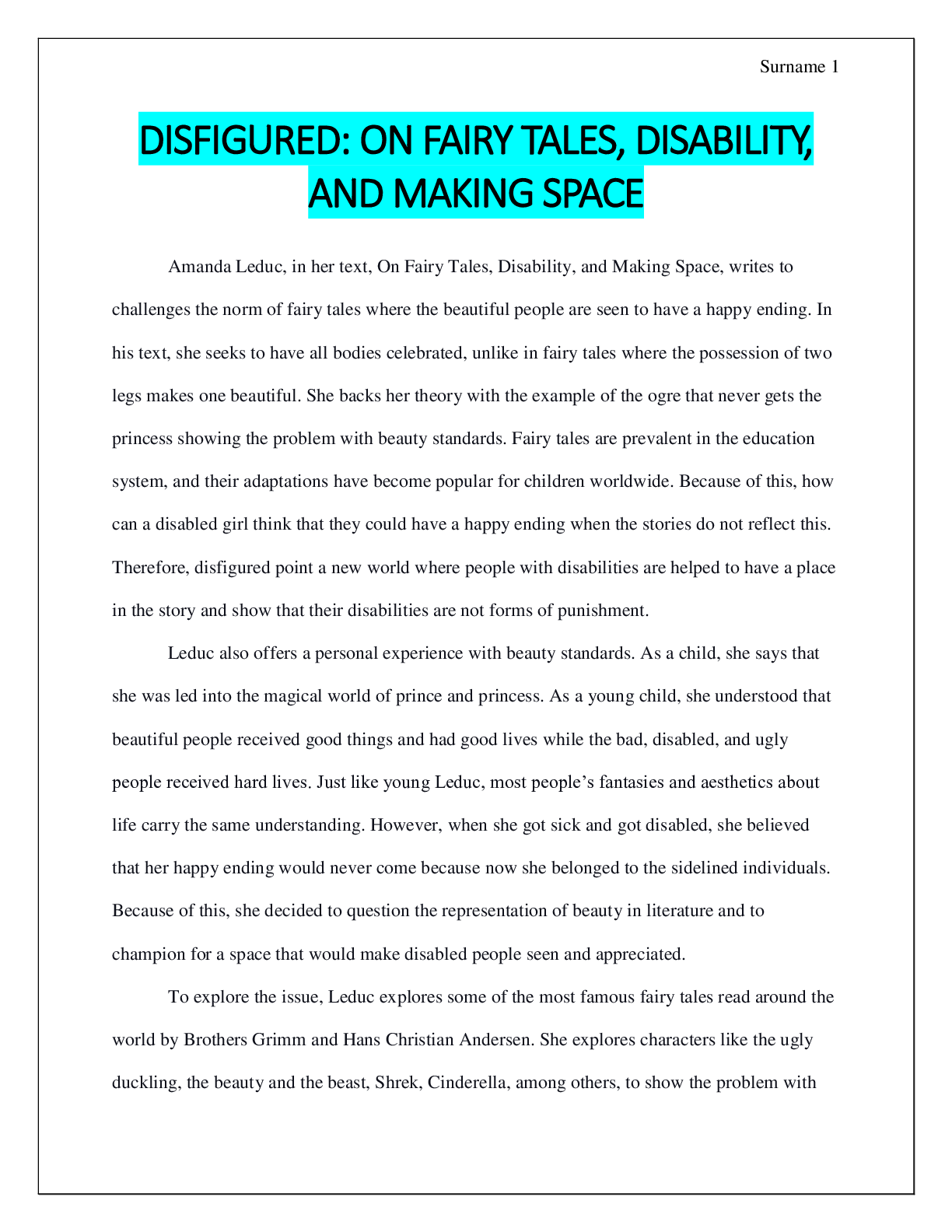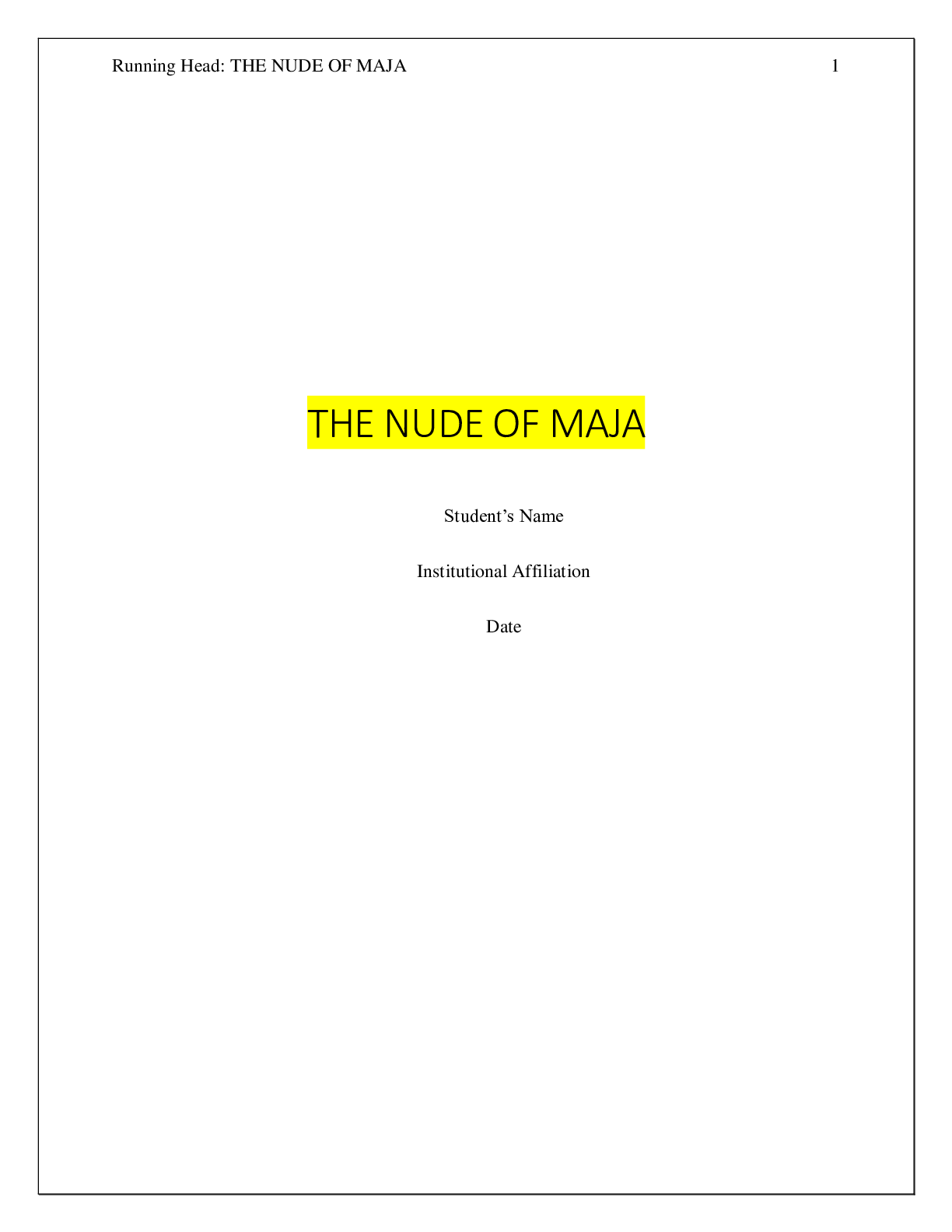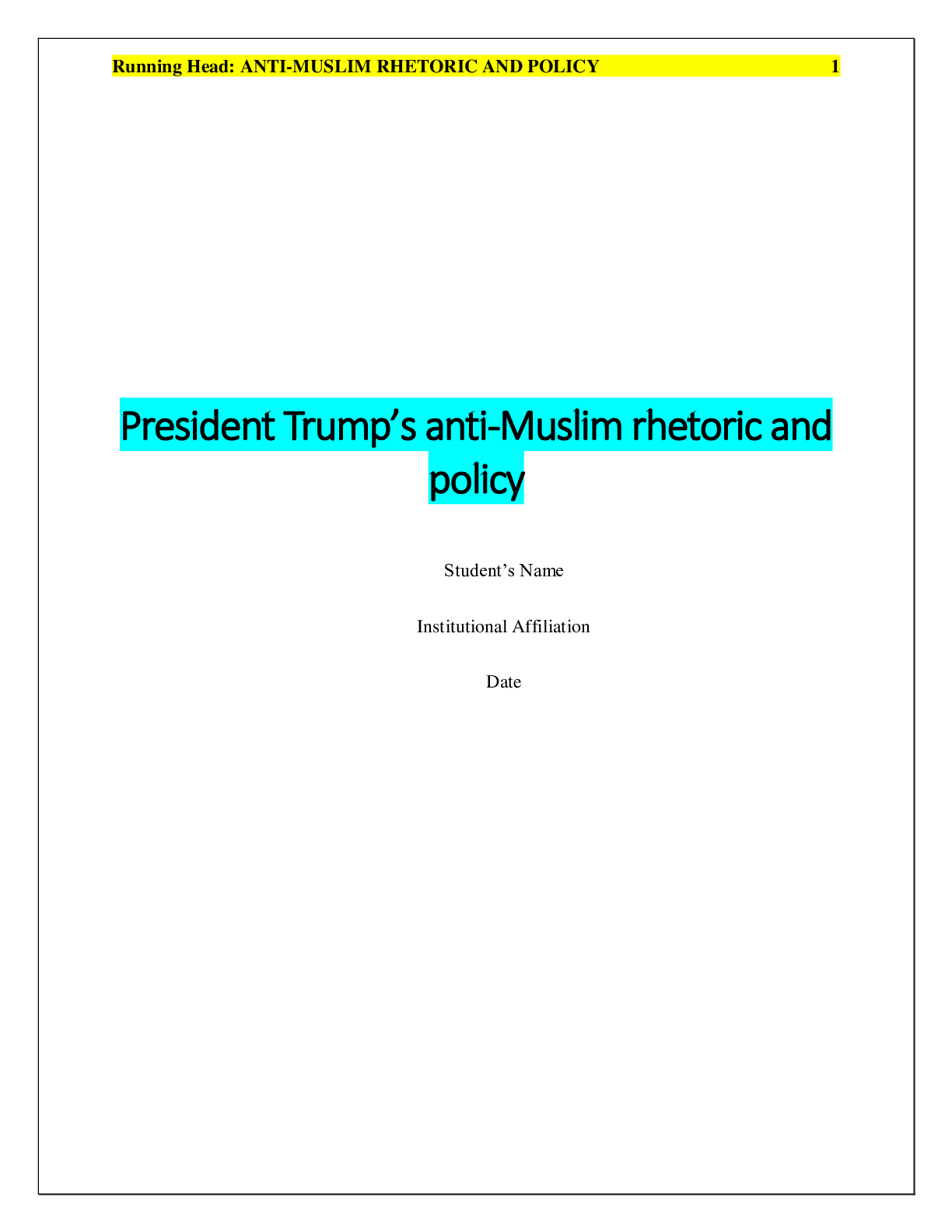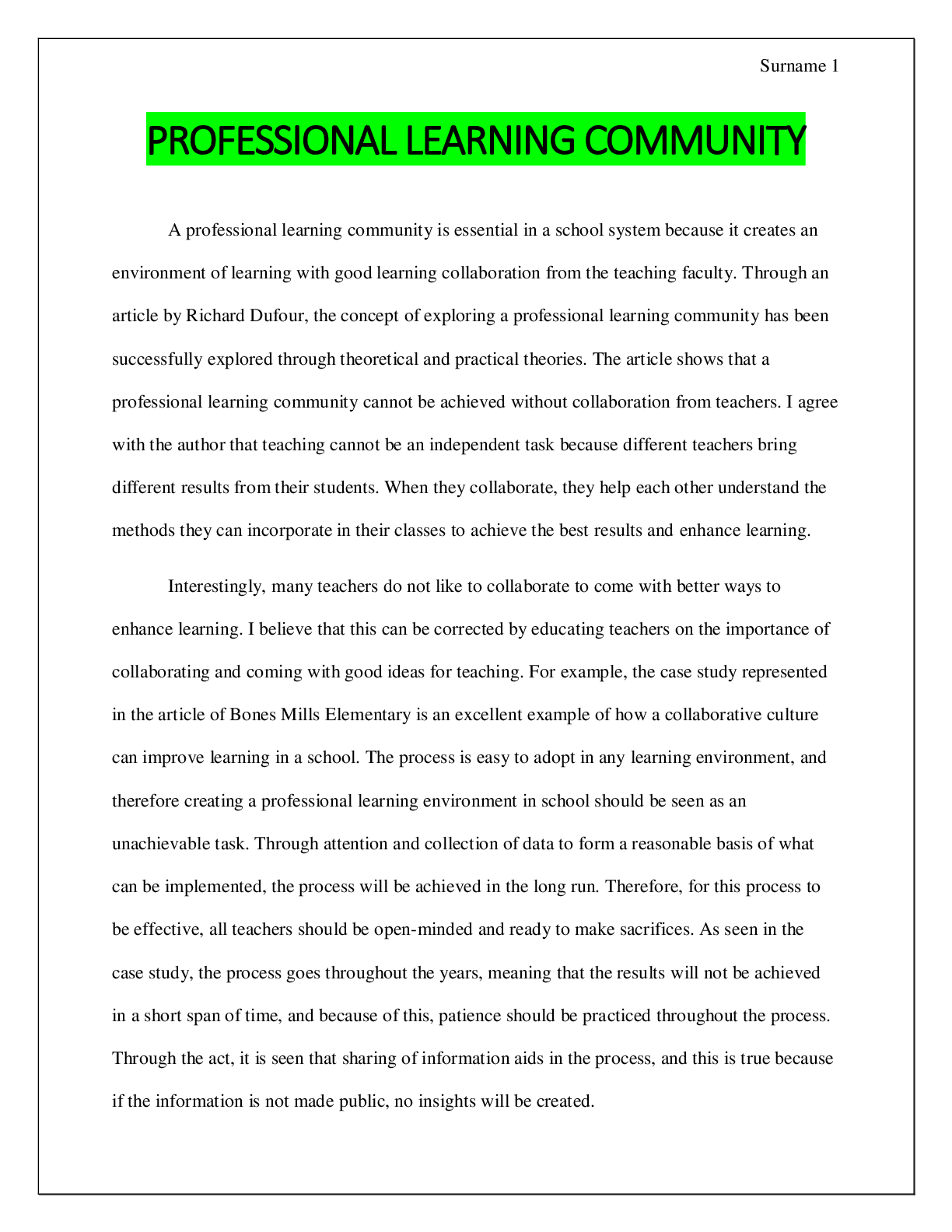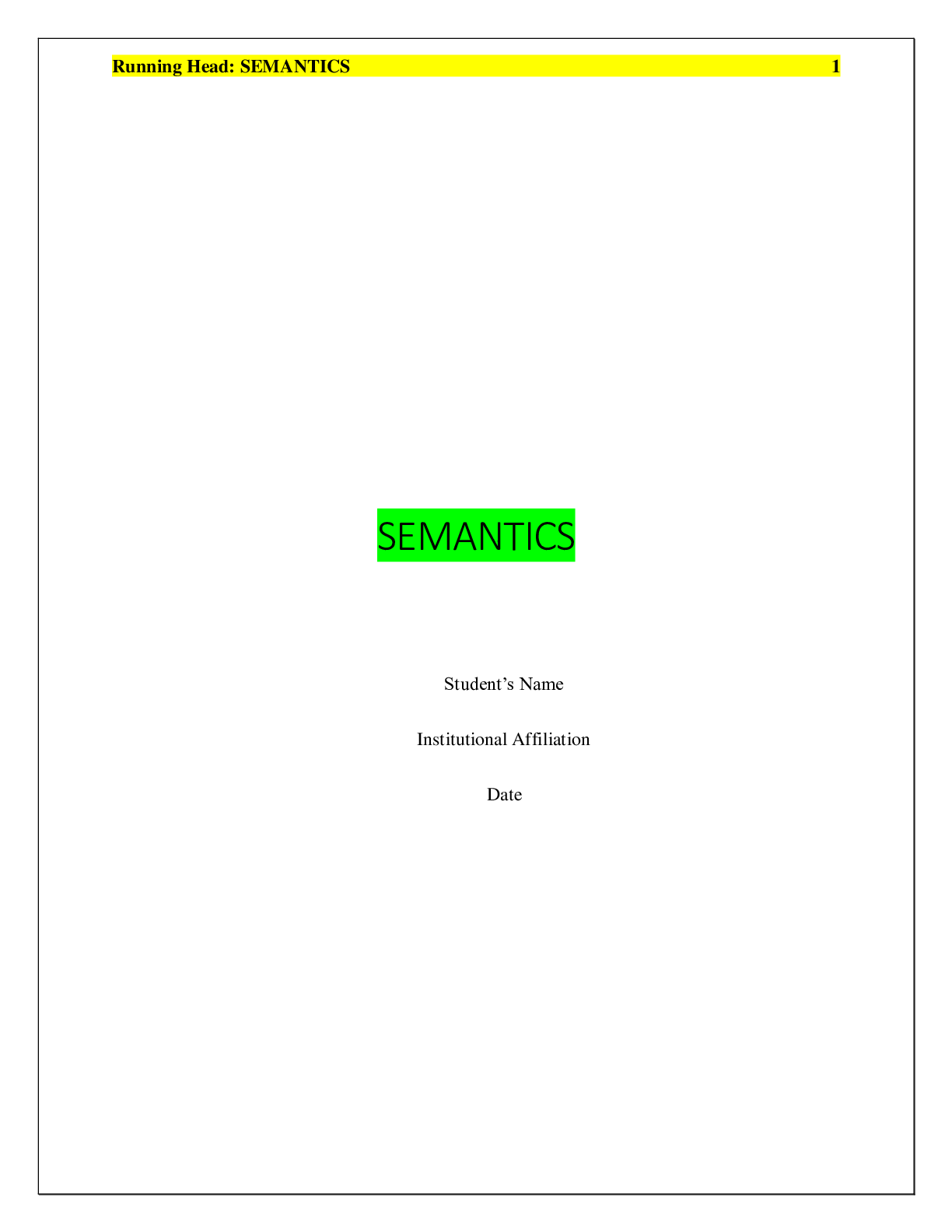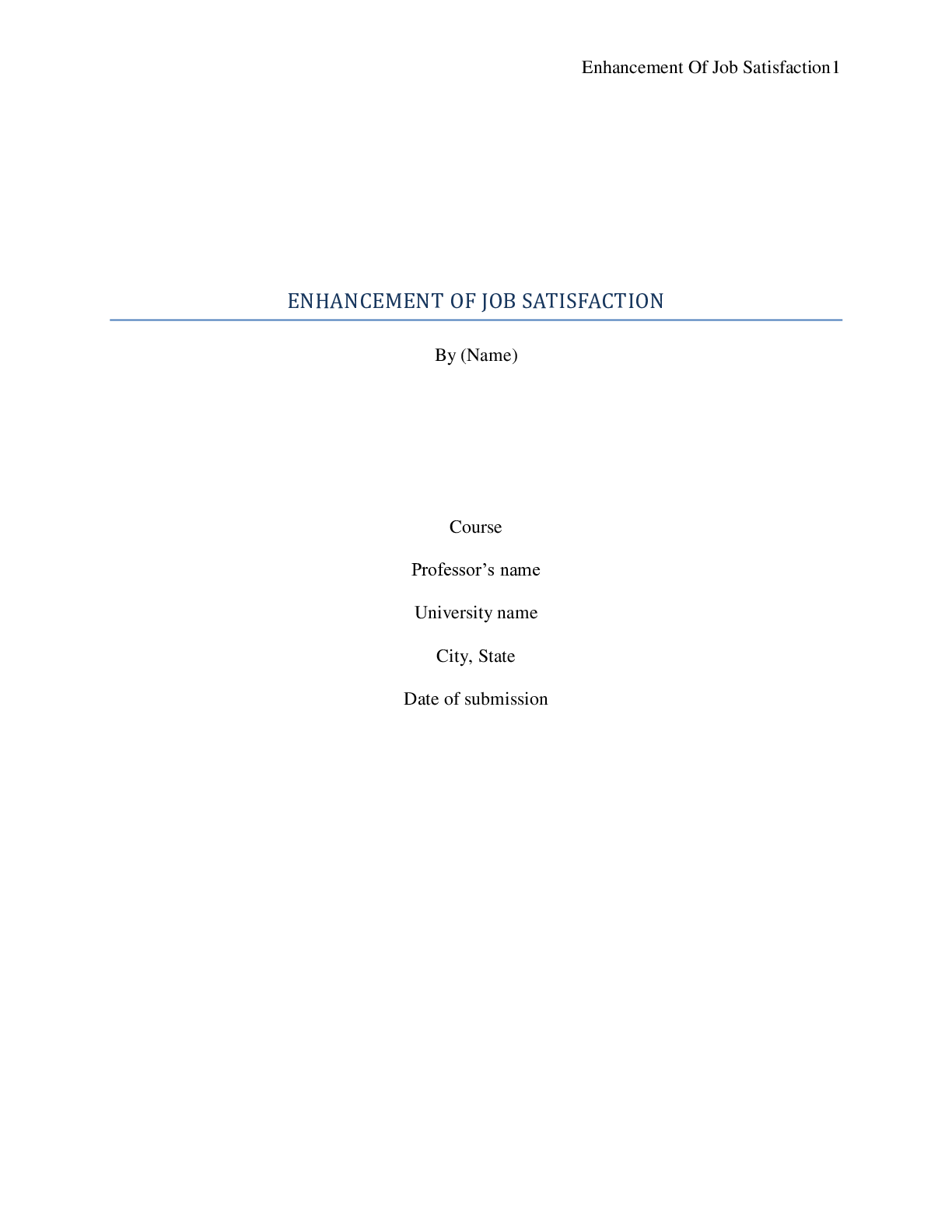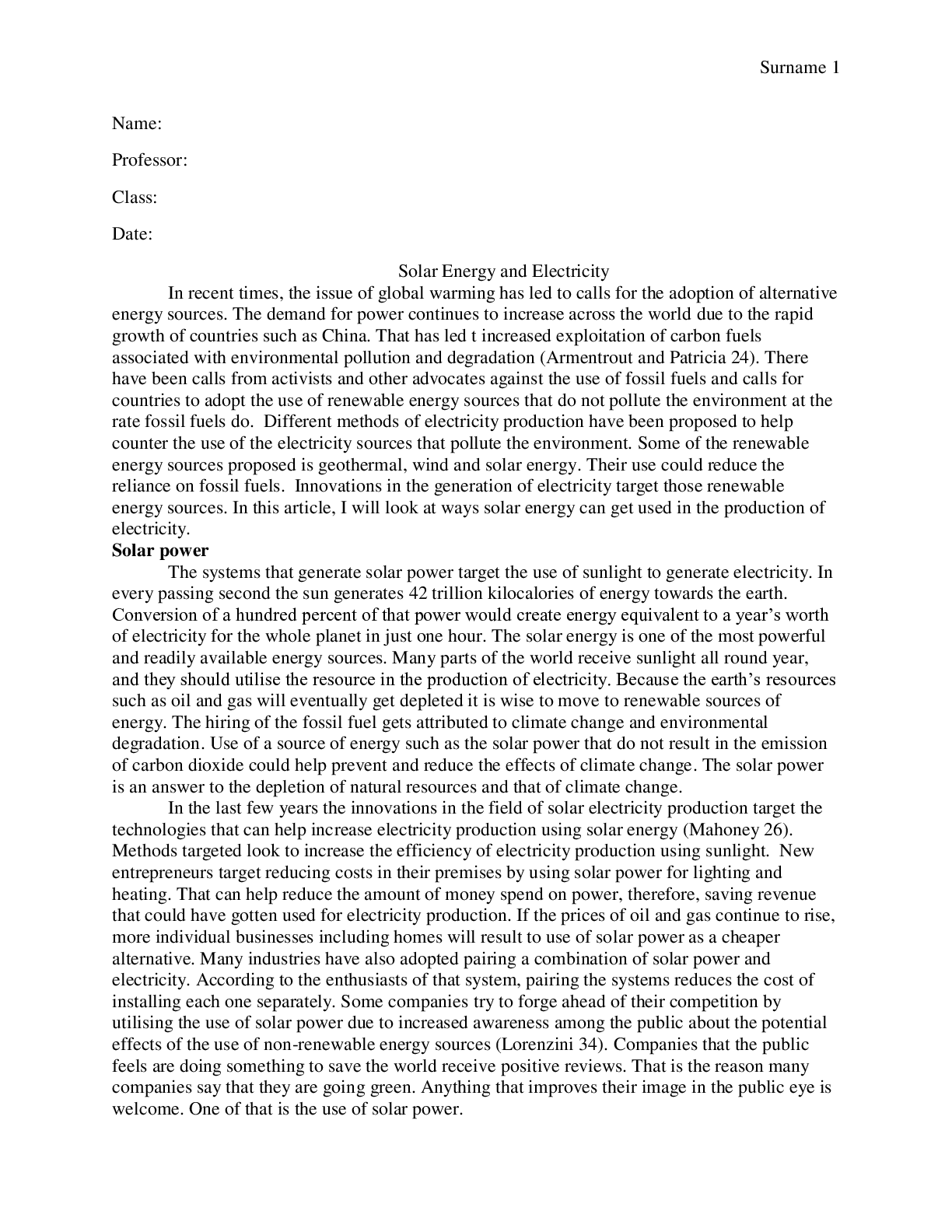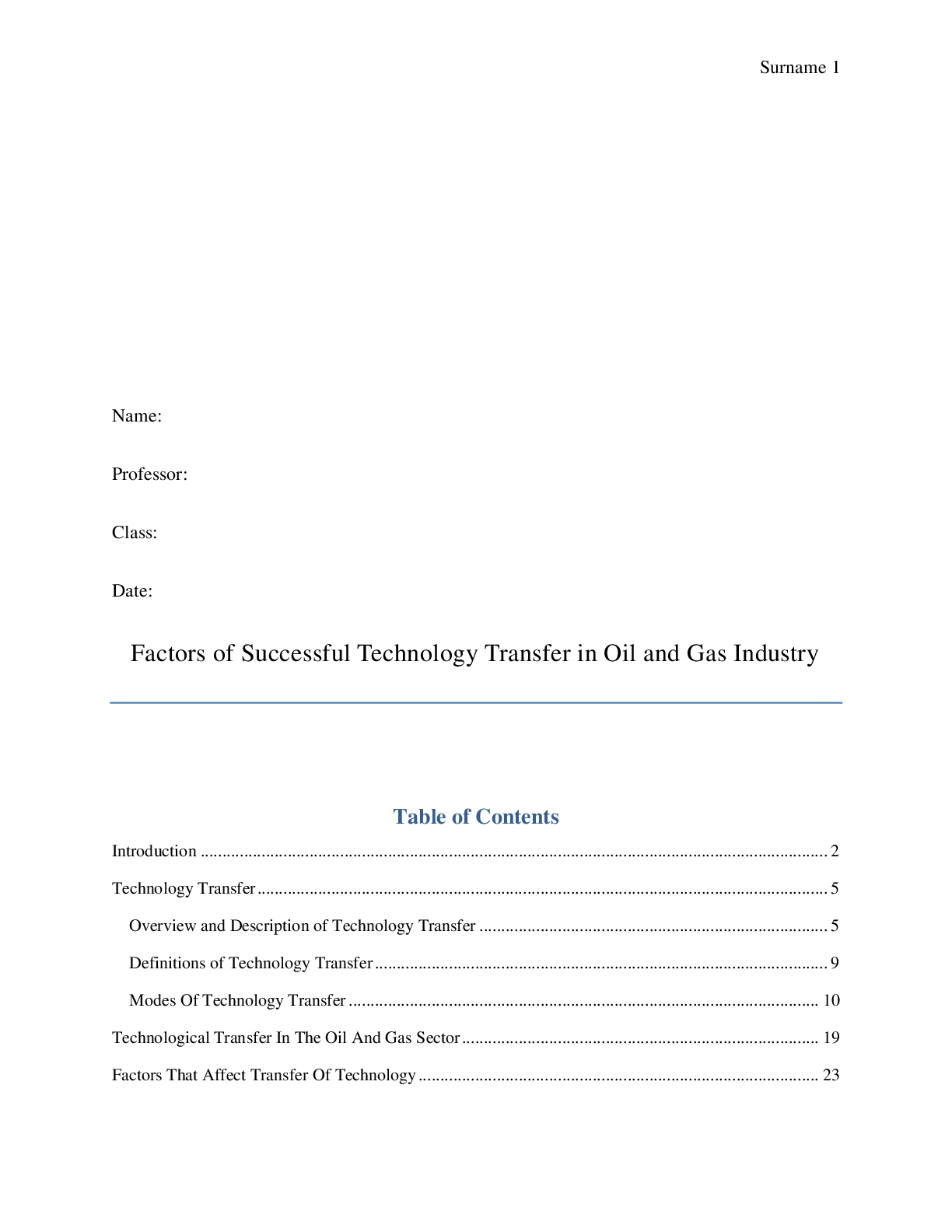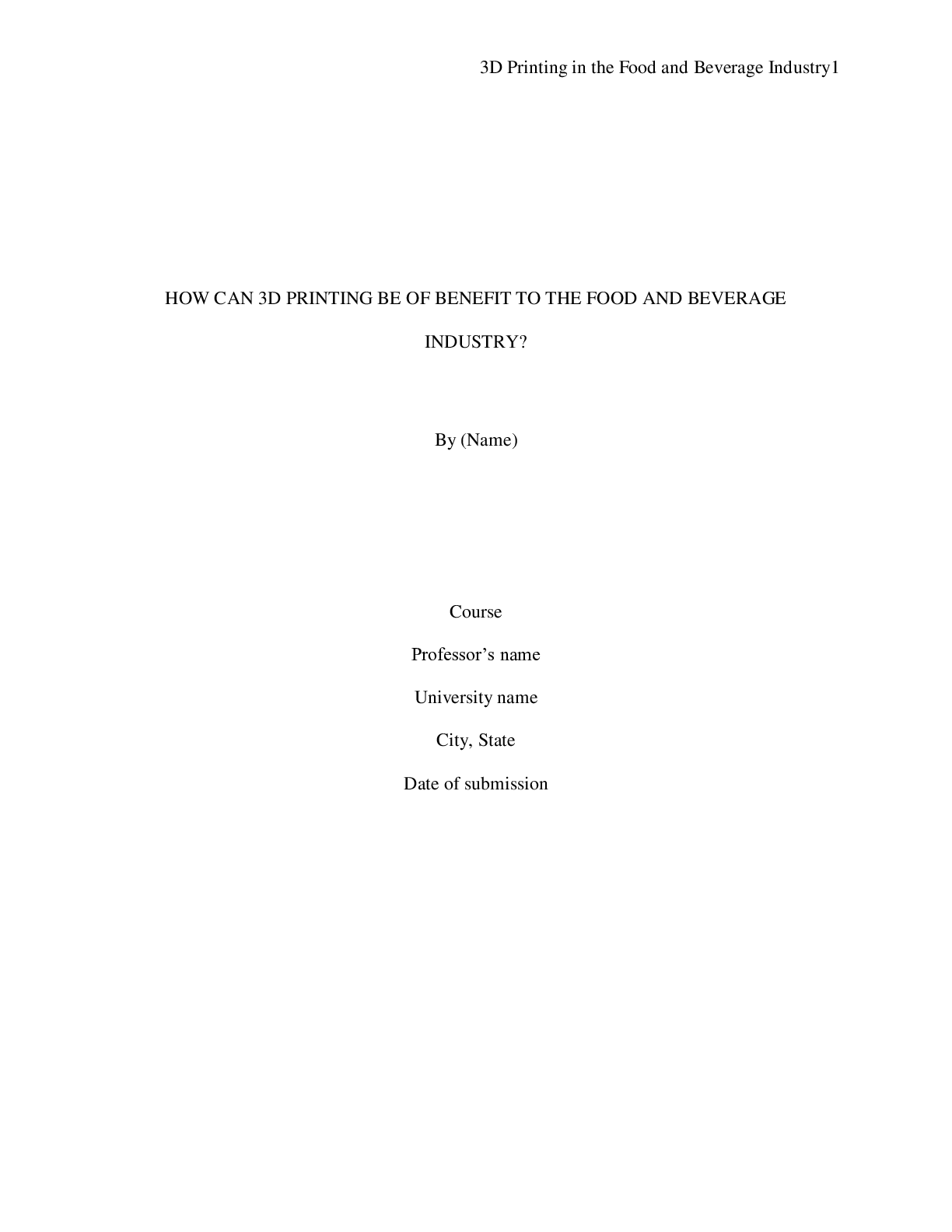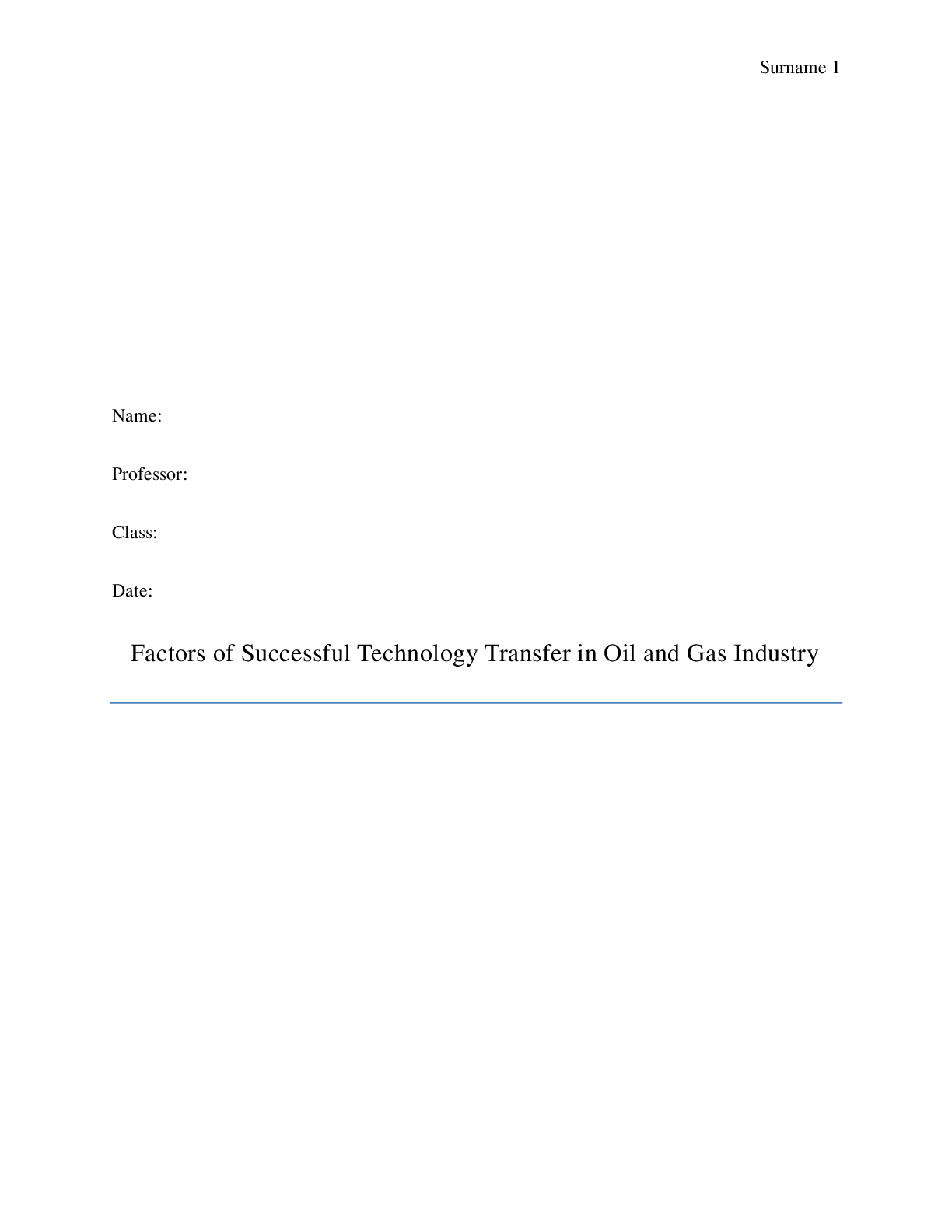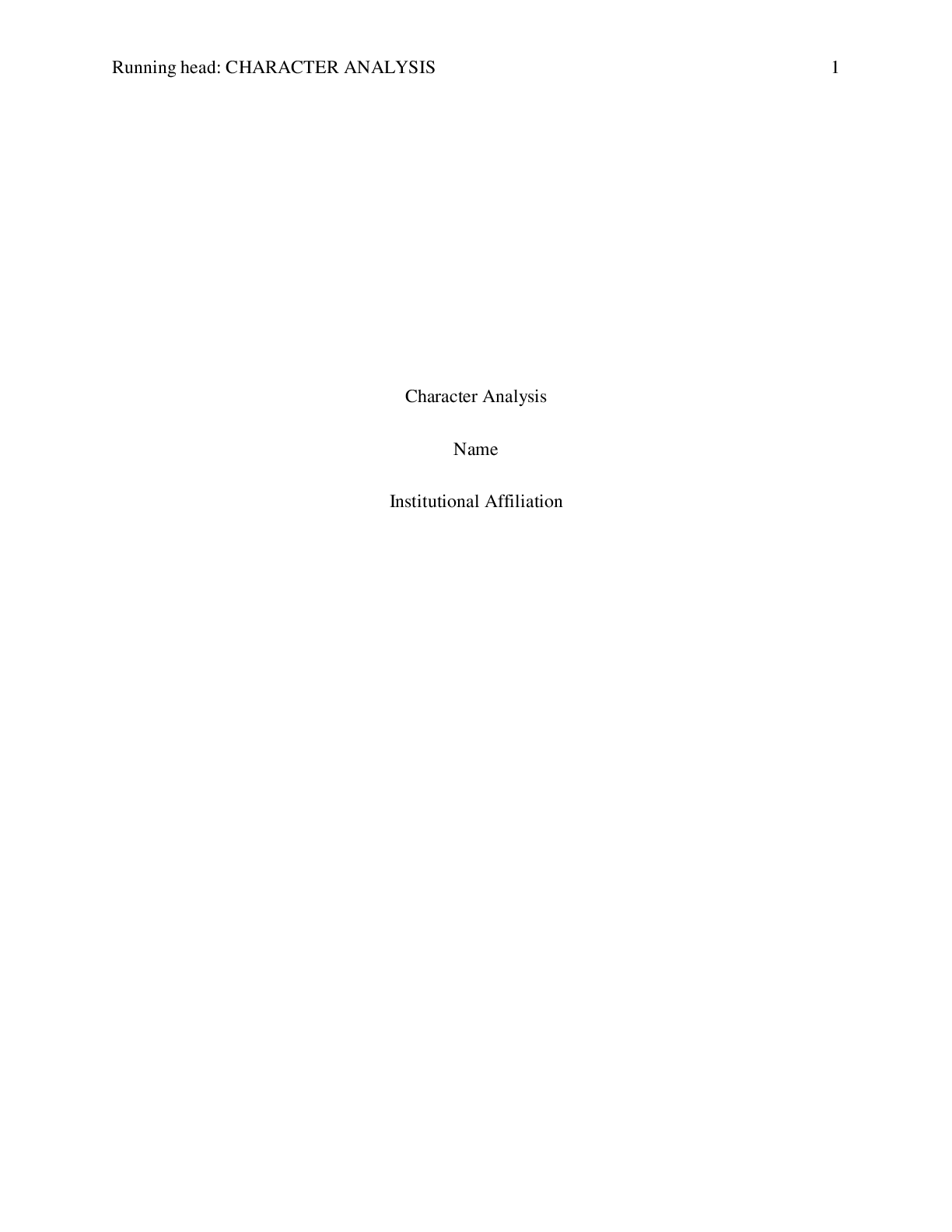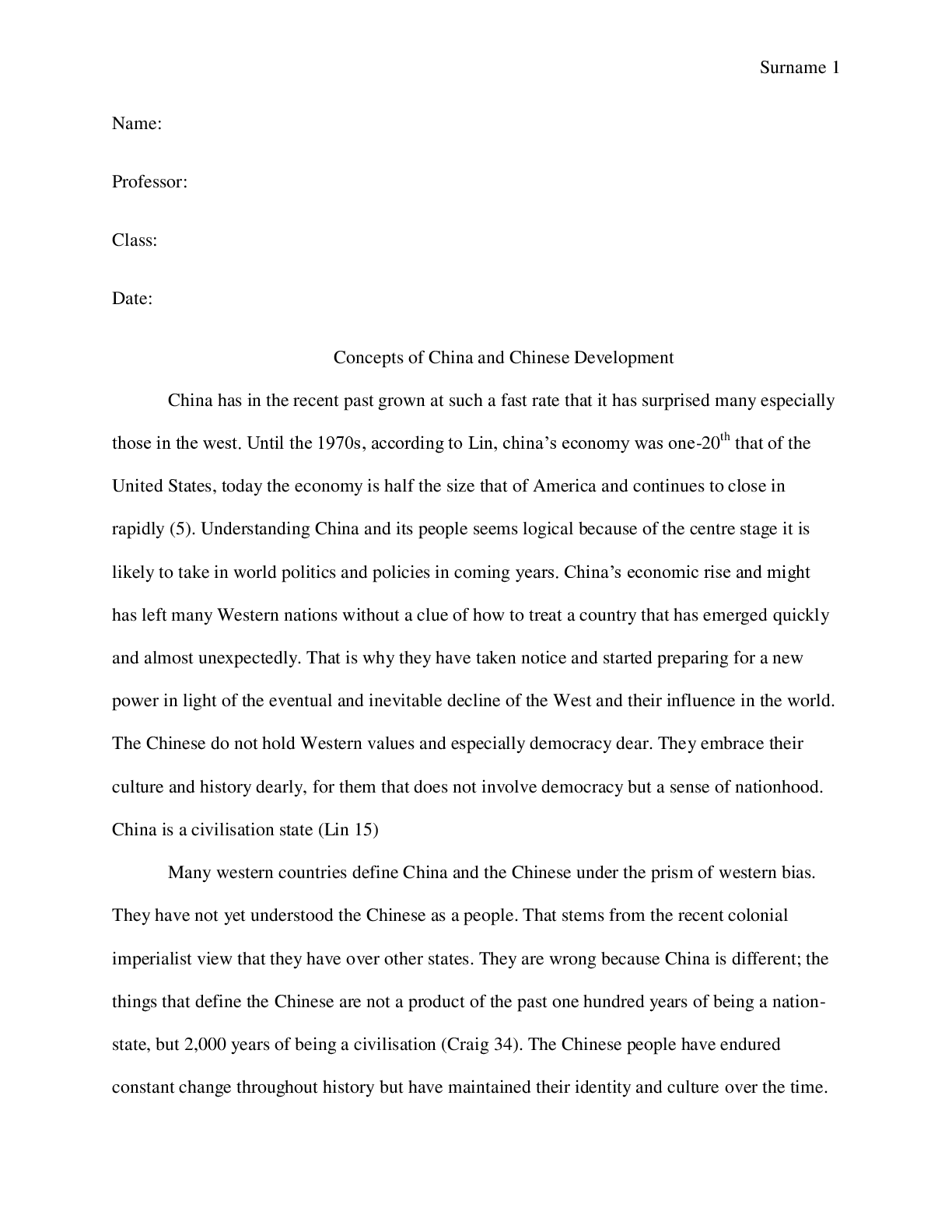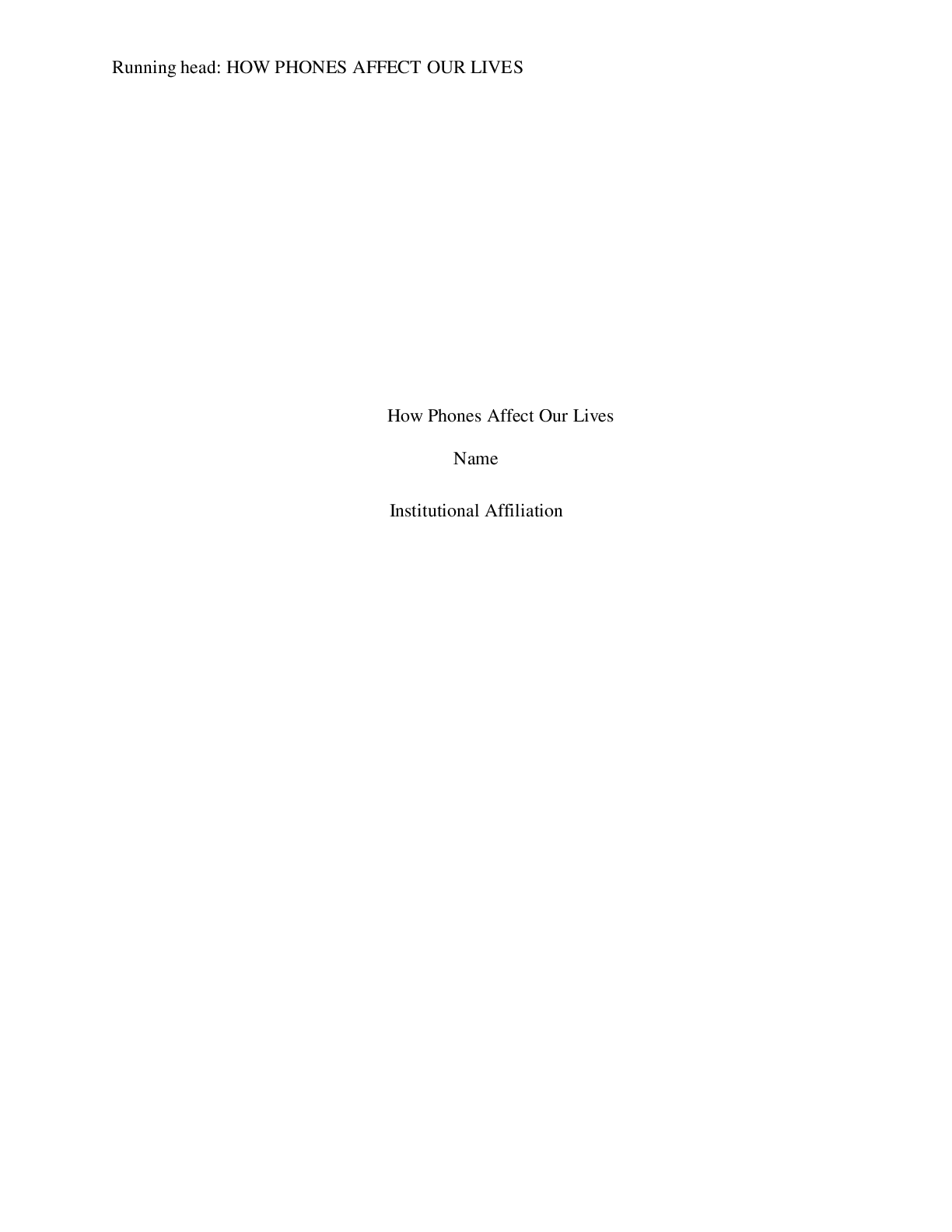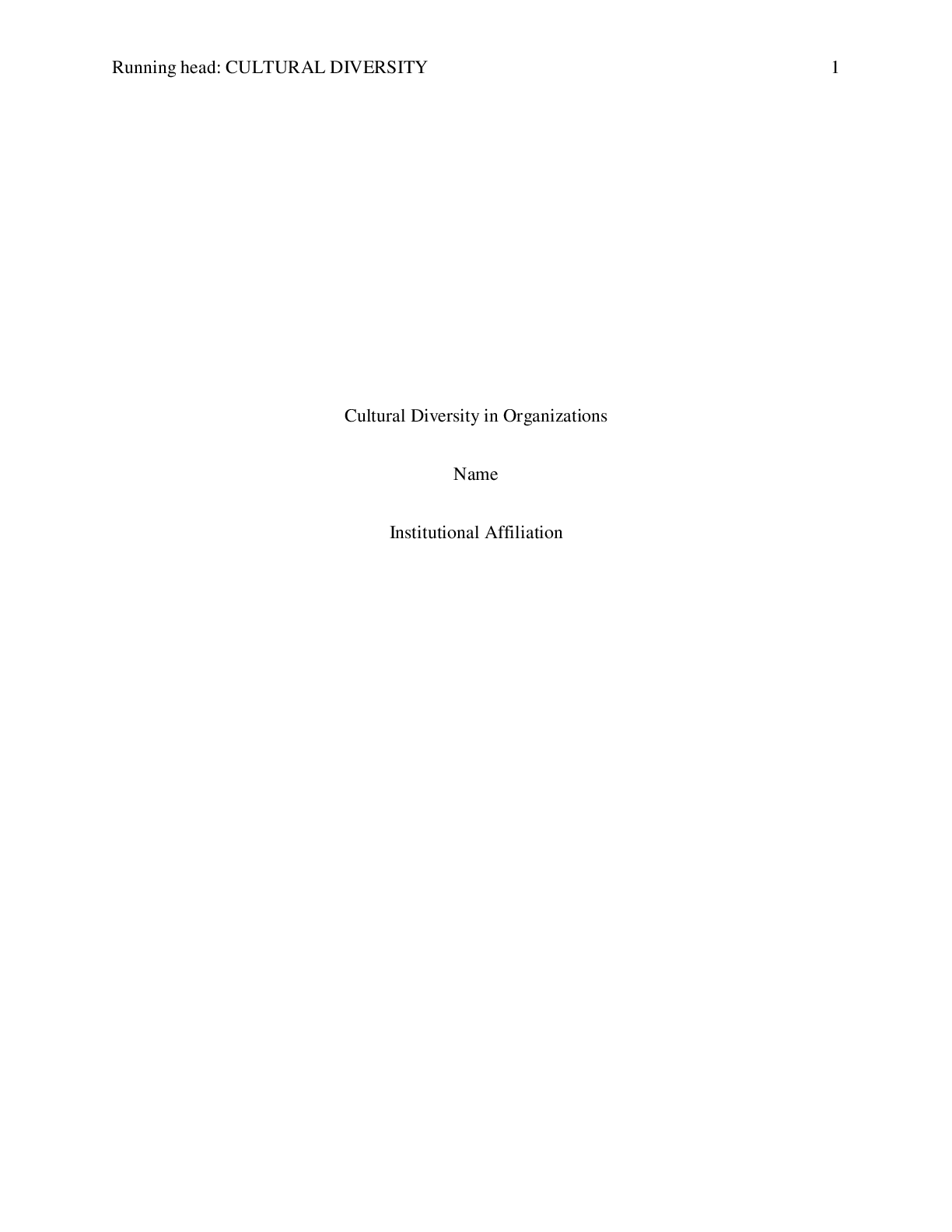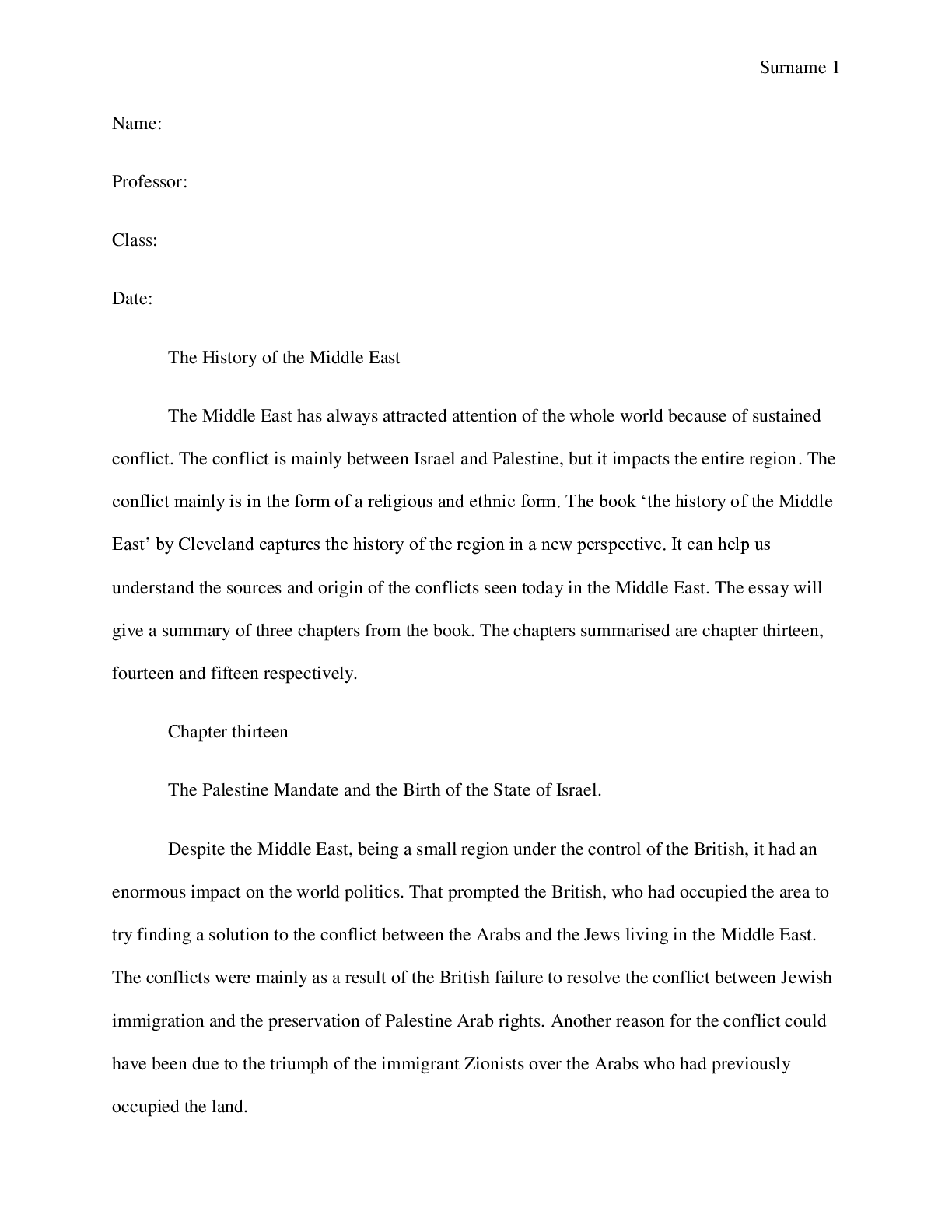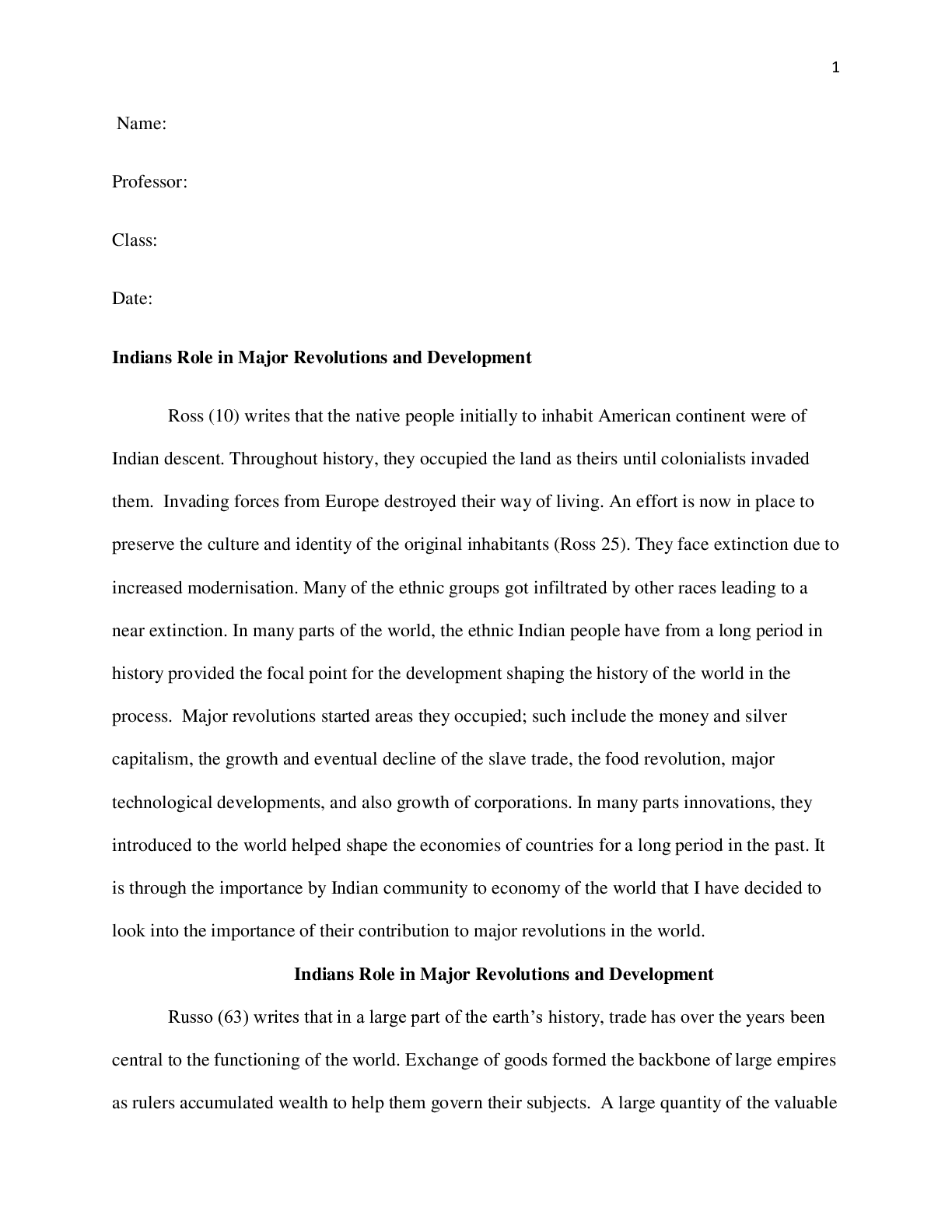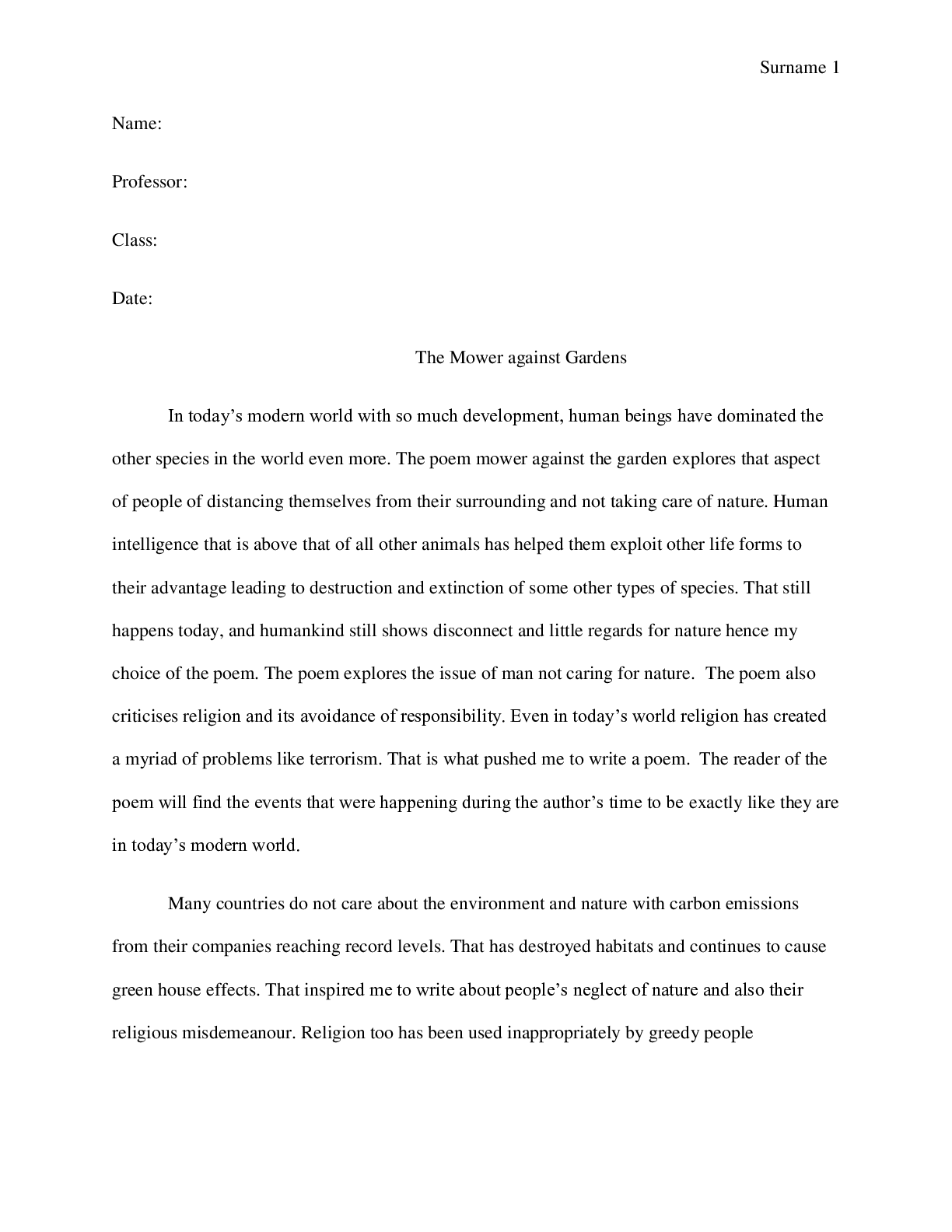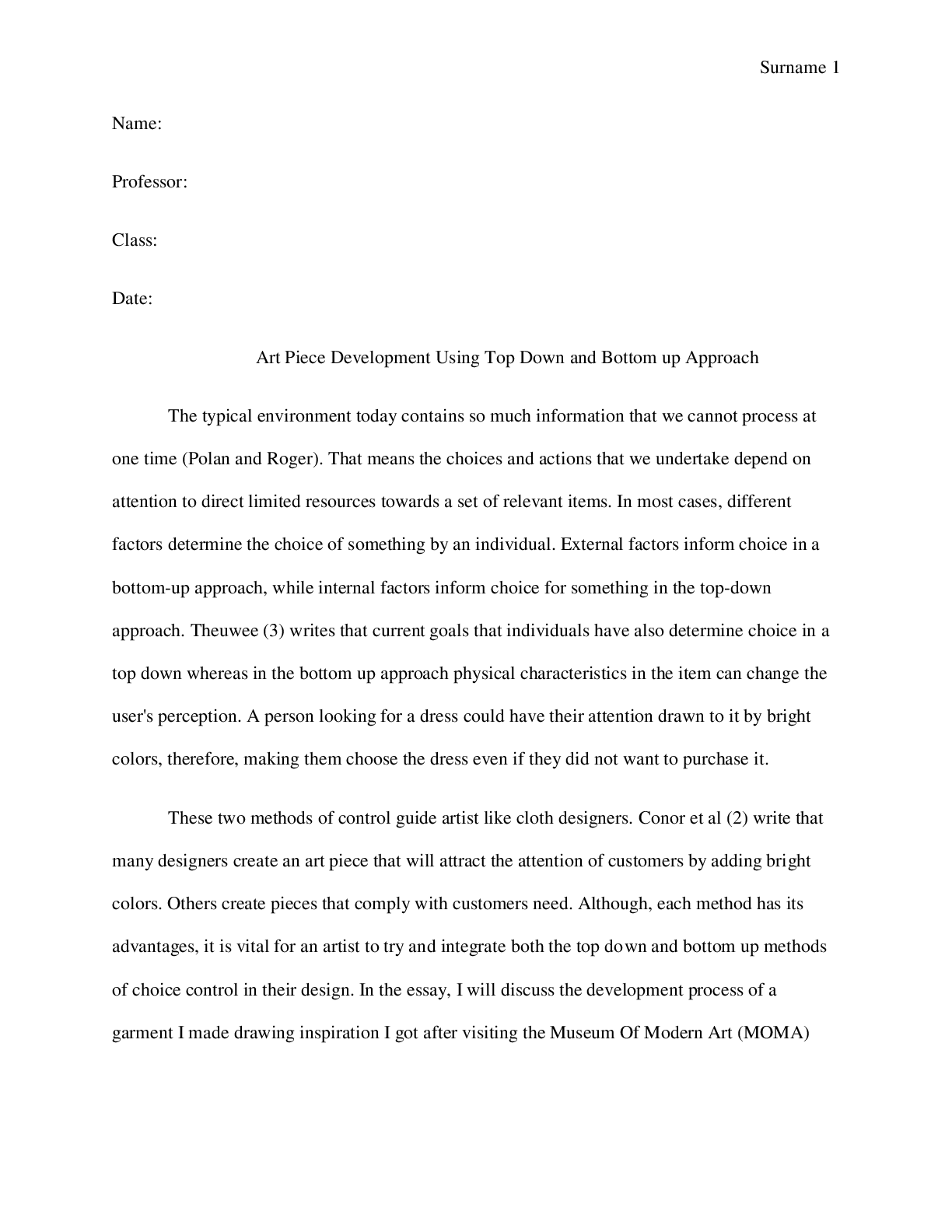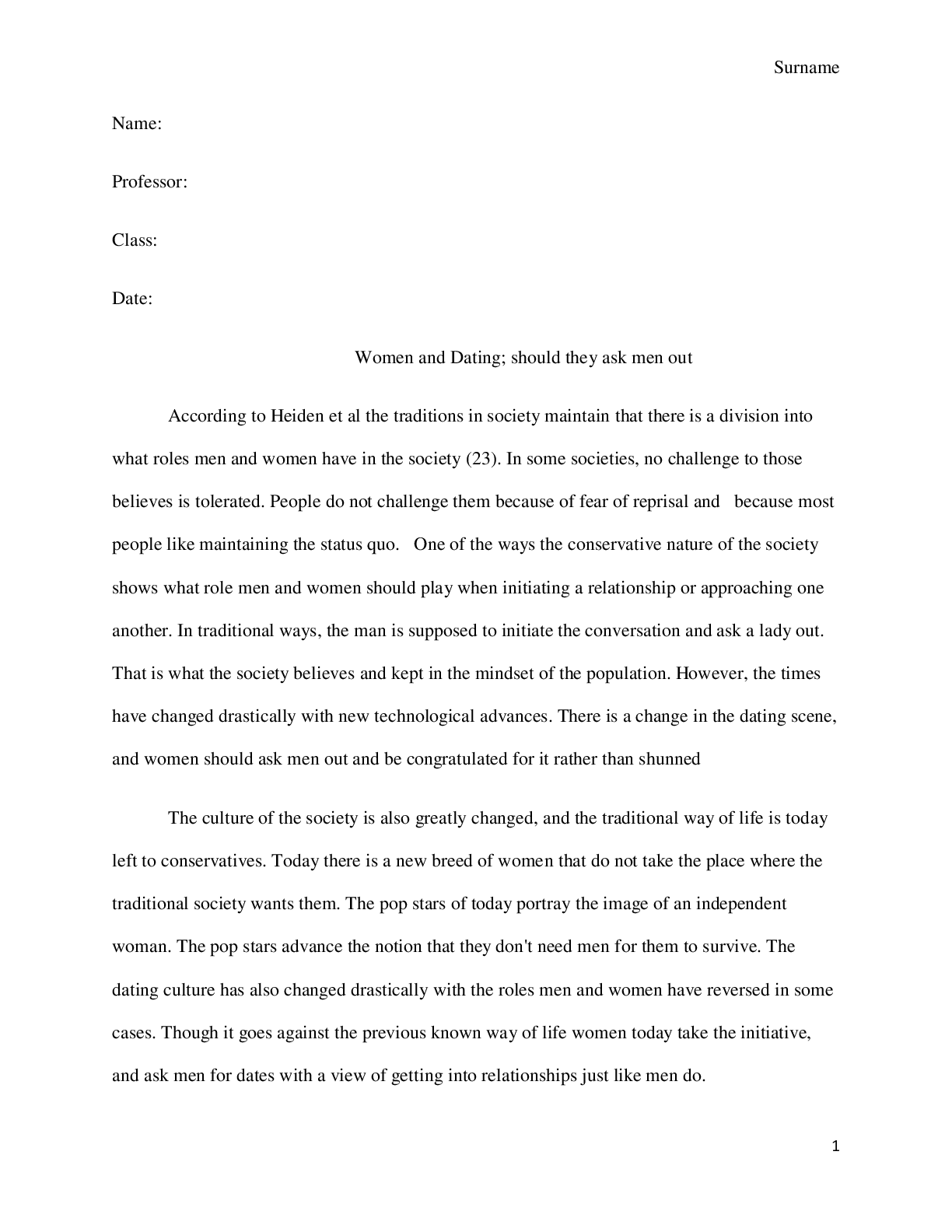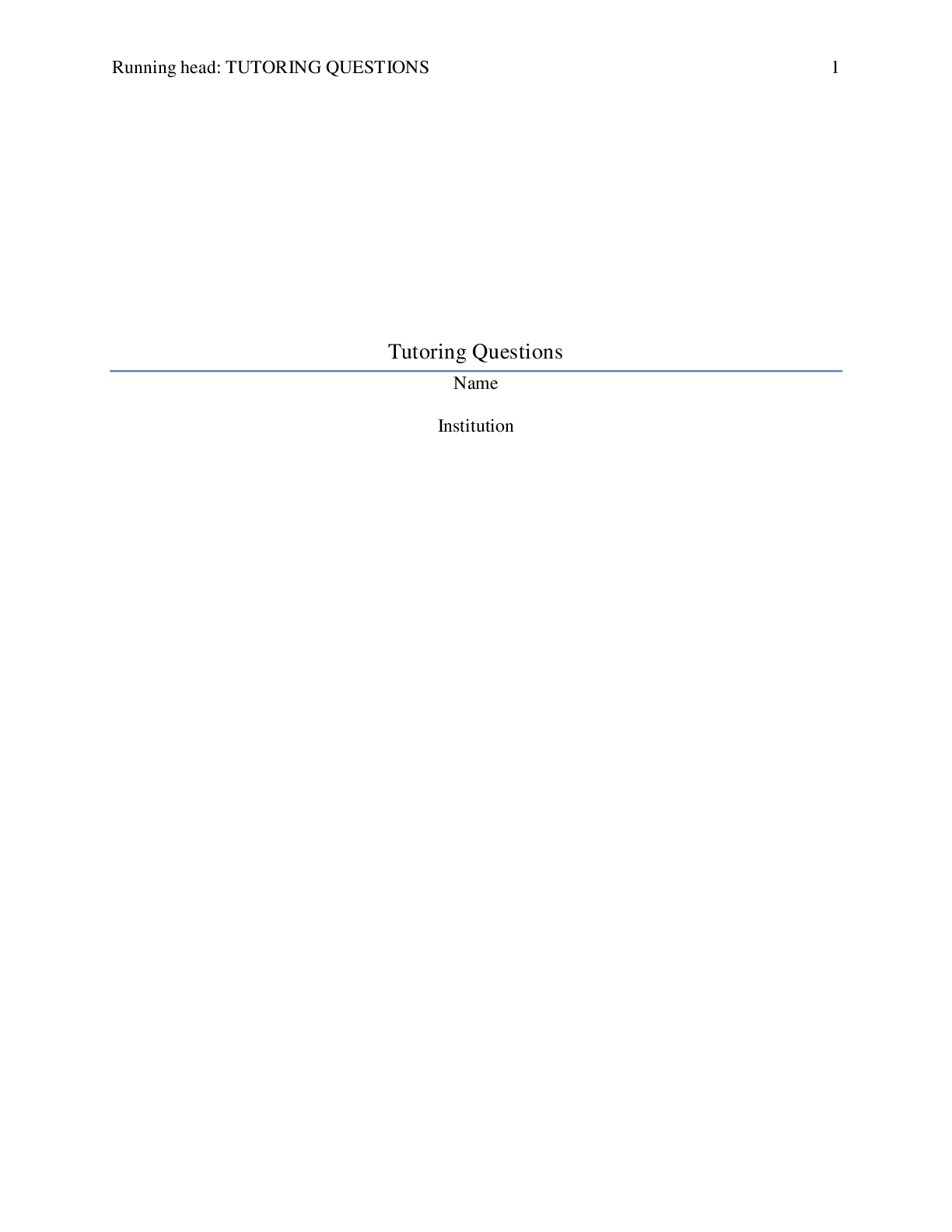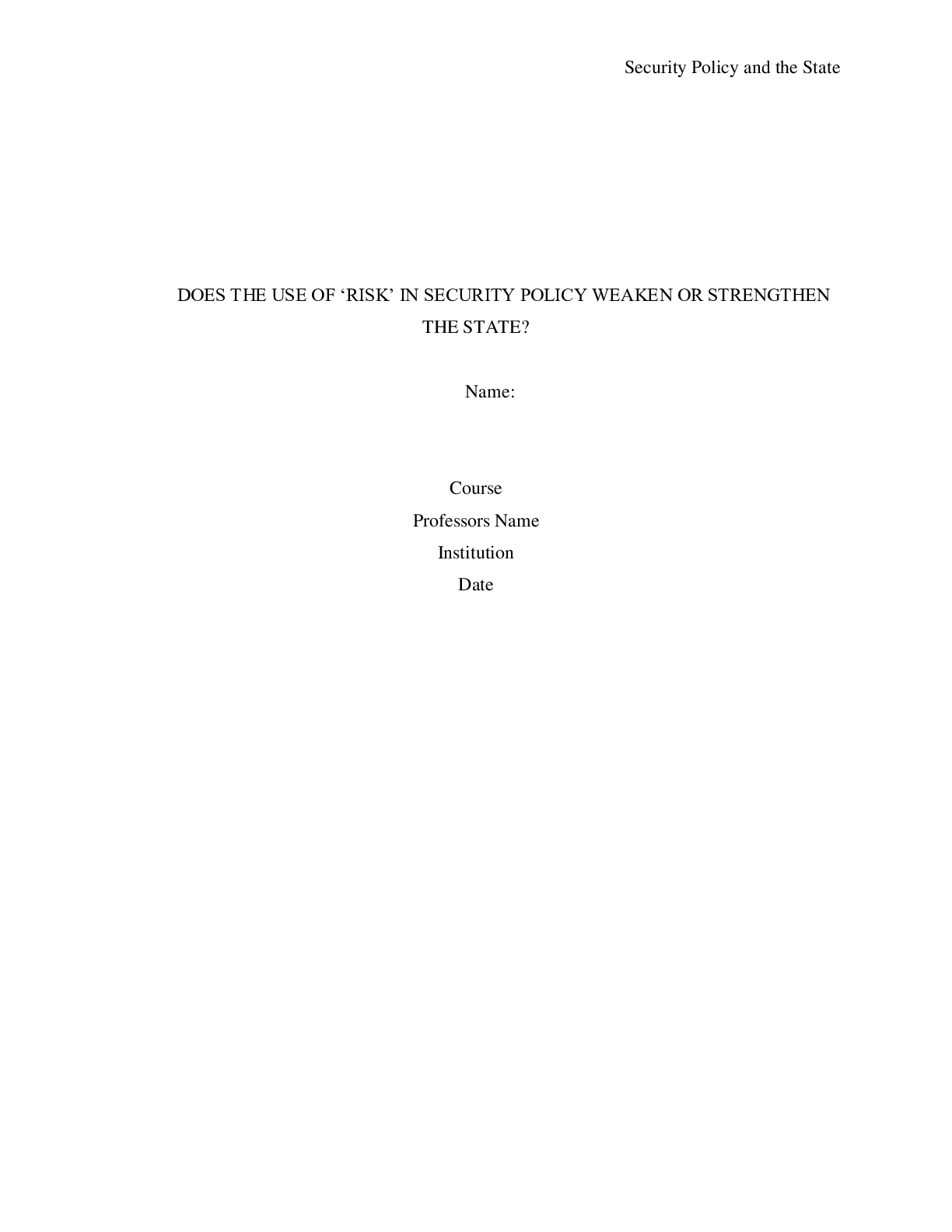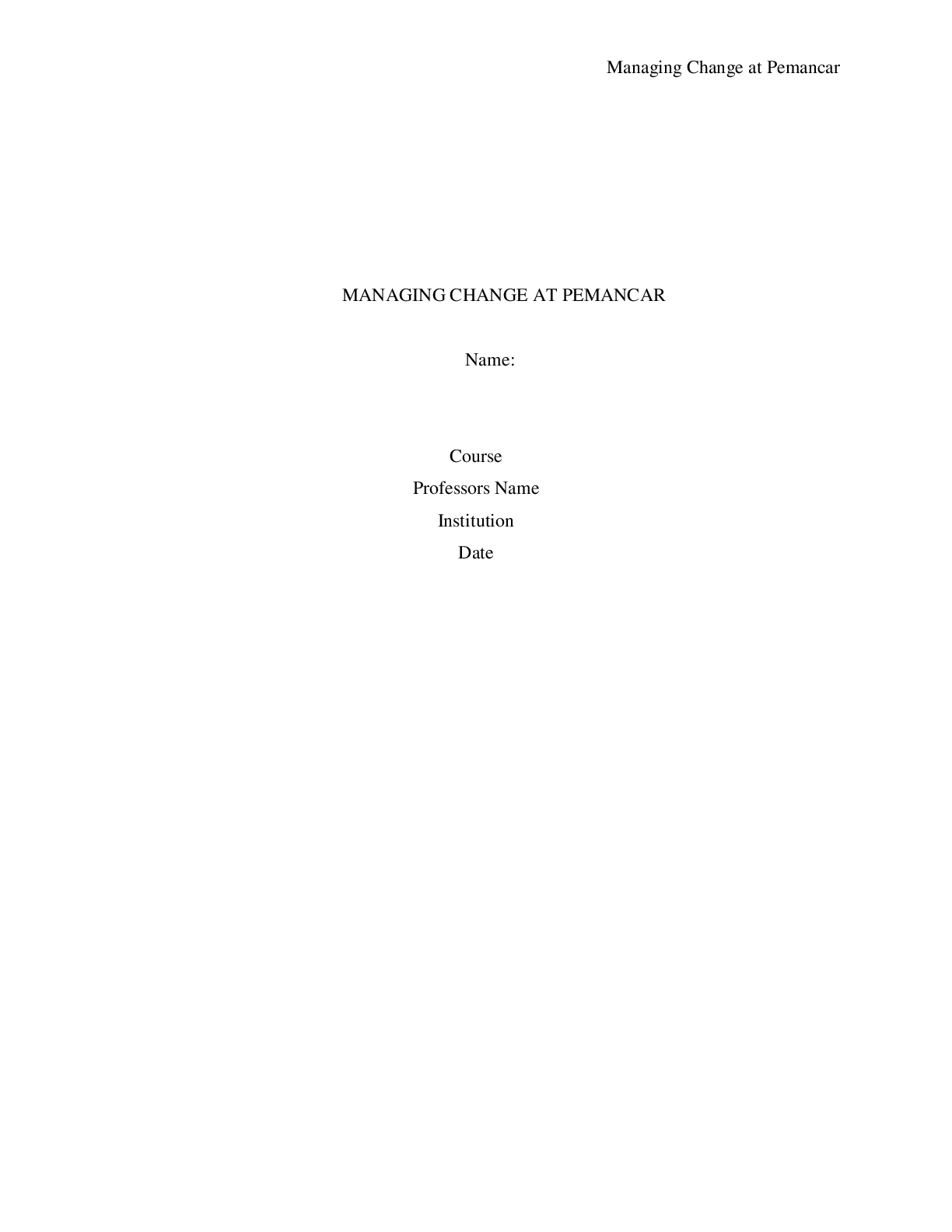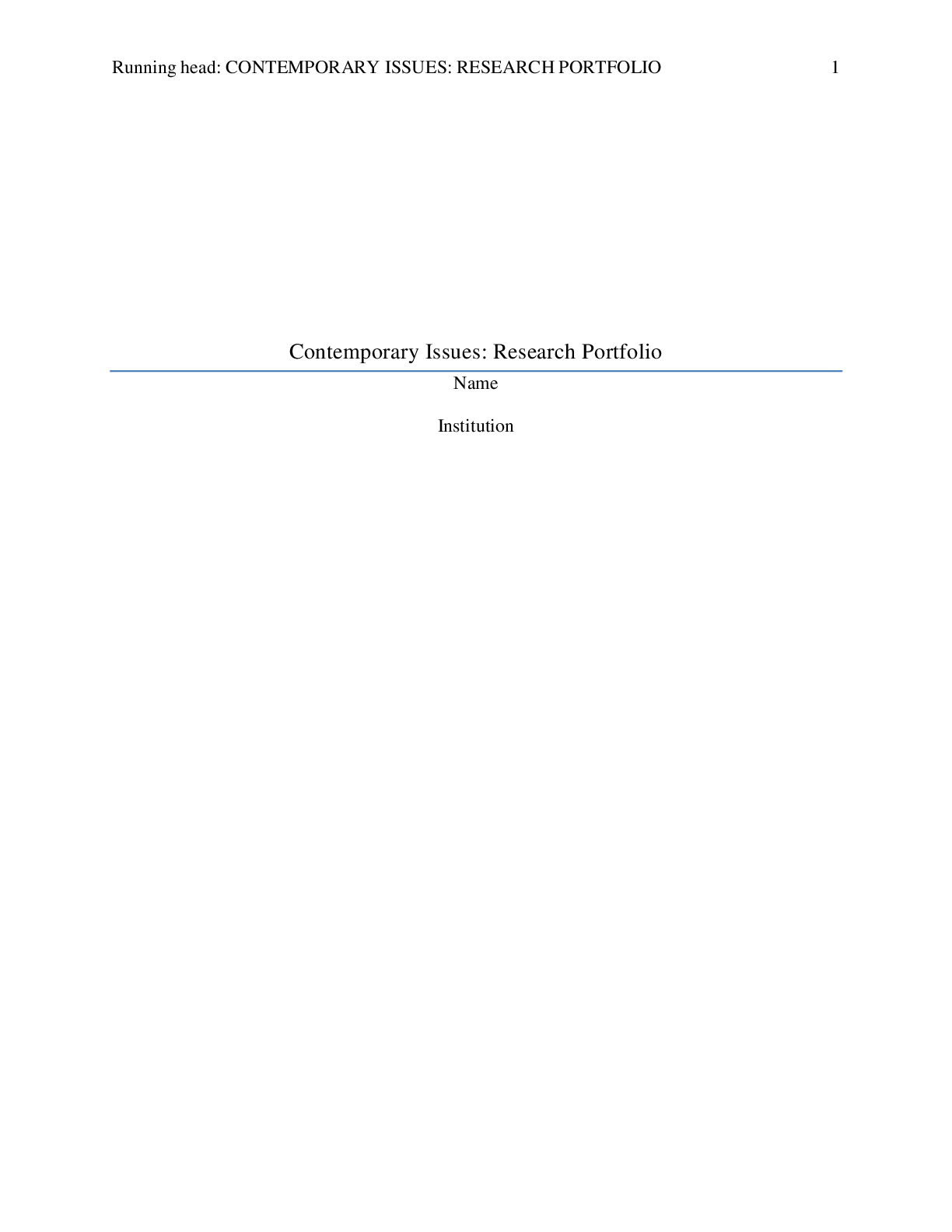Financial Accounting > ESSAY > FINANCIAL STATEMENTS ANALYSIS (All)
FINANCIAL STATEMENTS ANALYSIS
Document Content and Description Below
Financial Statement Analysis for al-Daiyah-co-operative-society Student’s Name Institutional Affiliation Date Abstract The following research will analyze the books of Al-Daiyah... Co-operative Society in Kuwait. The purpose of the study is to explore the areas that the company can improve through their financial statements. The research will conclude that the company can improve their financial activities to improv their profitability, cashflow, and their financial value. The research will use 2020 financial statements to calculate; liquidity, efficiency, leverage, and profitability of the company. The research will conclude by stating the weakness and strengths of the business. Introduction All the financial activities that take place in a company have an influence in the running of the company. In a company all the financial activities of a company are recorded and this creates financial books for the books which are then used in a company to look at the performance of a company through calculation of the net profits and losses of a company. Some of the most common books in a company include the balance sheet, the trial balance and the income statement (Subramanyam, 2014). Therefore, these books create the financial statements, and through this, analysis are made for the company. financial analysis is therefore the process of analyzing financial statements so as to make decisions for a company. through financial analysis a company is able to establish their financial standpoints and through these external stakeholders are able to evaluate the performance of a company as well as the value of the business. The information is also important for the company as it allows them to see the past, present and future performance of a company. Some of the most important tools that are used in financial analysis of a company include; the income statement, the balance sheet, and the cashflow. Through the information attained from these tools the calculation of; leverage, profitability, efficiency and liquidity are calculated. Sometimes a company might borrow capital to increase their performance potential and the rate of returns from this borrowed income is the leverage (Chen & Zhao, 2006). The ratio that the company hold to meet its financial obligation is called the liquidity ratio, and this results from their creditors. A good liquidity ratio has advantage as they able to borrow more and invite more investors into their company. calculation of the company’s efficiency as it determines the ratios in which the company is able to manage its assets through their liabilities. The profitability of a company is the ratio in which the company to create revenue and income from their assets, and also grow the business. Methodology al-Daiyah-co-operative-society is under the category of an hyper-mart, where they sell household products, furniture and electronics. They record their financial through Ms excel. They buy their stocks on cash and other times they take products on credit, and later pay their creditors through bank cheques. They several assets that facilitate running of the company, an they are also running a loan payment that they took to expand their business. To gather information to make financial statement analysis for al-Daiyah-co-operative-society, I visited their stores and gathered information from their 2020 financial books. Through the books I was able to gather their balance sheet for the year ending 2020, and their income statement for the same year. The balance sheet and income of the company are as follows; AL-DAIYAH CO-OPERATIVE SOCIECTIES INCOME STATEMENT FOR THE YEAR ENDING DECEMBER 2020 SALES 100,000 COST OF GOODS 65000 GROSS PROFITS 35000 OPERATING EXPENSES ADVERTISING 1000 COMMISION 2000 OFFICE SUPPLIES 3500 OFFICE EQUIPMENT 2500 TOTAL OPERATING EXPENSES 9000 (9000) OPERATING INCOME 26000 NON-OPERATING INCOME INTEREST ON REVENUE 2000 INTEREST EXPENSE 3000 5000 5000 NET INCOME 31000 The balance for the company was stated as follows; AL-DAIYAH CO-OPERATIVE SOCIECTIES INCOME STATEMENT FOR THE YEAR ENDING DECEMBER 2020 ASSETS CURRENT ASSETS CASH 20,000 ACCOUNT RECEIVABLES 10000 INVENTORY 30,000 PREPAID INSURANCE 2000 TOTAL CURRENT ASSETS 62000 62000 NON-CURRENT ASSETS PROPPERTY 6000 EQUIPMENTS 3000 TOTAL NON-CURRENT ASSETS 9000 9000 TOTAL ASSESTS 71000 CURRENT LIABILITIES ACCOUNTS PAYABLE 10,000 WAGES PAYABLE 9000 TAXES 3000 LOAN INTERESTS 2000 TOTAL CURRENT LIABILITIES 24000 24000 NON-CURRENT LIABILITIES LOAN 14000 TOTAL 14000 14000 EQUITY CAPITAL 20,000 RETAINED EARNING 13,000 TOTAL 33,000 33,000 TOTAL LIABILITIES 71,000 1. Liquidity of the company In a financial analysis, the liquidity of the company is calculated as; =total current assets/total current liabilities The liquidity ratio of al-Daiyah-co-operative-society is therefore; 6200/24000 = 2.6 The store has a liquidity ratio of more than 1 and therefore, it is performing well. The company is able to pay its creditors and all accounts payable using their assets 2.6 times more. The company therefore has the ability to expand by borrowing more because they will be able to pay off their liabilities. The company therefore the ability of inviting investors because the business is viable. 2. Efficiency of the company To arrive at the efficiency of the company, we calculate the turnover, total assets to sales and total fixed assets to total assets. Therefore, the turnover of the company is; =Total Sales / Total Assets 100,000/71,000 =1.4 Total Assets to Sales = Total Assets / Total sales =71,000/10,000 =7.1 Fixed Assets to Total Assets = Fixed Assets / Total Assets 9000/71,000 =0.13 Efficiency determines the management of assets in a company (Gibson & Boyer, 2013). Assets are important in a company because they aid in creation of more revenue for the company. A high efficiency ratio is important in a company because it predicts a high probability of a company making more profits both long and short term. The turnover ratio of the store is 1.4 and this means that even monetary input in the company in the assets of the company, the number of sales that will be generated are 1.4 higher. The total assets to sales are 7.1 and this means that the sales revenue generated by total assets of the company are 7.1 times the initial asset investment. The total fixed assets to total assets is stated at 0.13 and therefore the total fixed assets that are tied to the total assets of the store are under 0.13 ratio. It also means that 0.13 of the total assets cannot be used a working capital by the company. 3. Leverage of the company Leverage ratio represents the amount of debt that the store has incurred over a period of time against other financial accounts. For the store, the leverage was calculated through debt ratio and debt to equity ratio. In order to calculate the debt ratio; the total debt of the company of the company is considered, and it is arrived by summation of all bank loans that the company has accrued over time. Debt ratio= Total debt / Total assets Total debts of the company was 14000 represented by the bank loan Therefore= 14000/71000 =0.19 Therefore, through this result it means that 0.19 assets have been sourced from debt. It also means that the company does not rely on creditors for their assets, which is a good thing for the company. Since the ratio is less than 1 it means that the company is under-leveraged. If the company had a ratio of more than 1 it would mean that the company is over-leveraged and their credit would be down-graded making it hard for investors to invest in the company. The debt-to-equity ratio of the company is represented as; Total debt / Total equity =14000/33000 =0.4 The ratio represents the proportion of the company's debt to and equity in capital structure. Through the 0.4 ratio it means that the company’s funds mostly come from equity rather than borrowing. If the ratio would have been more than 1, it would mean that the company relies on debt as a source of funds and this is efficient for the company. Through the 0.4 ratio, it means that the company has a very low risk. The Debt-to-EBITDA Ratio of the company is; =Total Debt / Earnings Before Interest Taxes Depreciation & Amortization 14000/26000 =0.53 This shows how the company is operating before it pays out interest and the amount of money the company can pay out before its obligation. Therefore, the company is able to pay 0.53 timed of its creditors. 4. Profitability A company’s ability to generate their revenue over and above the number of expenses they incur in a financial year. Gross profit margin Gross profit/sales 35000/100,000 0.35 The gross profit is increasing by 0.35 of the initial investment. Net Profit Margin (Net Income / Sales) * 100 =(31,000/100,000)*100 31% The net profit margin of the company will increase by 31%. Operating profit = (Operating Profit / Sales) * 100 (26,000/100,000)*100 26% The company's operating margin is at 26%, which is not bad for the company because it is not too high. The company will have good profitability in the next financial year. Conclusion Al-Diayah Co-operative store has been performing well in regard to the financial statement analysis. One of the significant strengths of the company is that they have a high leverage ratio, meaning that they have not incurred a lot of debt through their years of operation and therefore, they are able to focus of making more revenue for the company. Their high liquidity ratio will also help them pay their liabilities using their current assets and the business will not be affected. The company also has a good base to increase their profitability in the future. The weakness of the company is in the efficiency, meaning that the assets are not fully exploited to raise more revenue for the store. The store can correct by ensuring that they created good marketing plan to attract more customers to the store and also ensure that the management is not slacking behind in performance. References Chen, L., & Zhao, X. (2006). On the relation between the market-to-book ratio, growth opportunity, and leverage ratio. Finance Research Letters, 3(4), 253-266. Gibson, C. H., & Boyer, P. A. (2013). Financial statement analysis. Subramanyam, K. R. (2014). Financial statement analysis. McGraw Hill Education. [Show More]
Last updated: 1 year ago
Preview 1 out of 12 pages

Reviews( 0 )
Document information
Connected school, study & course
About the document
Uploaded On
Sep 08, 2021
Number of pages
12
Written in
Additional information
This document has been written for:
Uploaded
Sep 08, 2021
Downloads
0
Views
50

